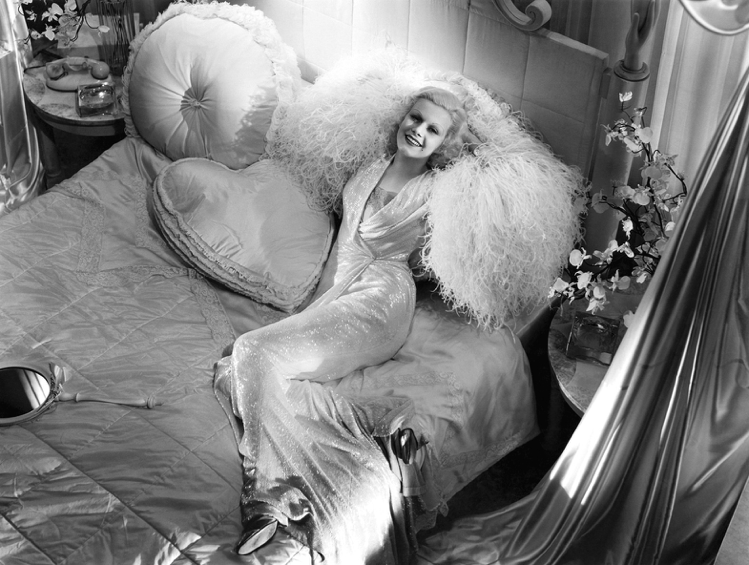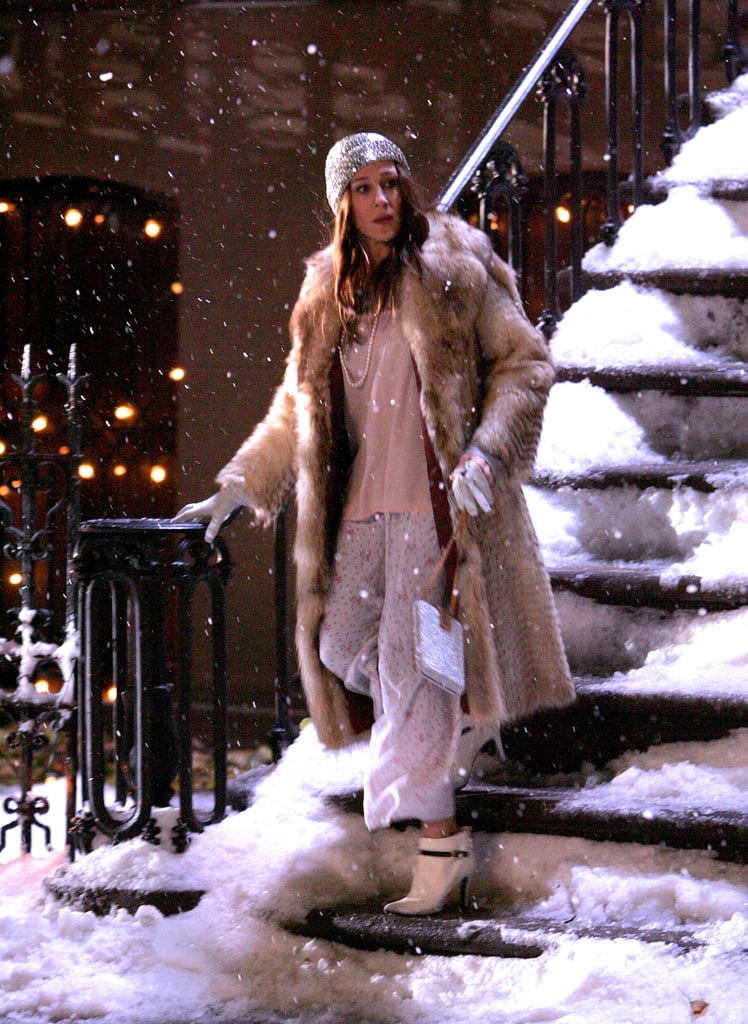~ WHY SLEEPWEAR & SLEEP ARE NO LONGER MUTUALLY EXCLUSIVE ~
Although not technically a new trend, sleepwear as day and evening wear has been gaining traction over the past few years. ‘Sleepleisure’—pyjama sets, slips, nightgowns or robes worn for occasions not necessarily involving slumber—allows their wearer to go from day, to night, to sleep, in one fell swoop. It got me wondering why this trend had pulled back the covers and wandered out into our daily wardrobes. I soon discovered it actually has a lot to do with technology. Initially, this may seem strange for something one wears when they sleep, disconnecting from the world in almost every way possible.
Technology is designed to make our lives easier. No longer do we need to delegate time for washing the dishes, memorising our times tables, or working out the fastest route from A to B. We don’t even have to live in the same city to connect meaningfully with our loved ones anymore. However, due to these time-saving advancements we often feel an unhealthy and unrealistic obligation to cram more into our day than ever before.
The Internet and smartphones, along with the growing ability of many to work remotely, have also meant the once separate branches of ‘home’ and ‘work’ are becoming increasingly intertwined. The Boston Globe reports that workplace analysts are beginning to replace the term “work-life balance” with “work-life blending”.
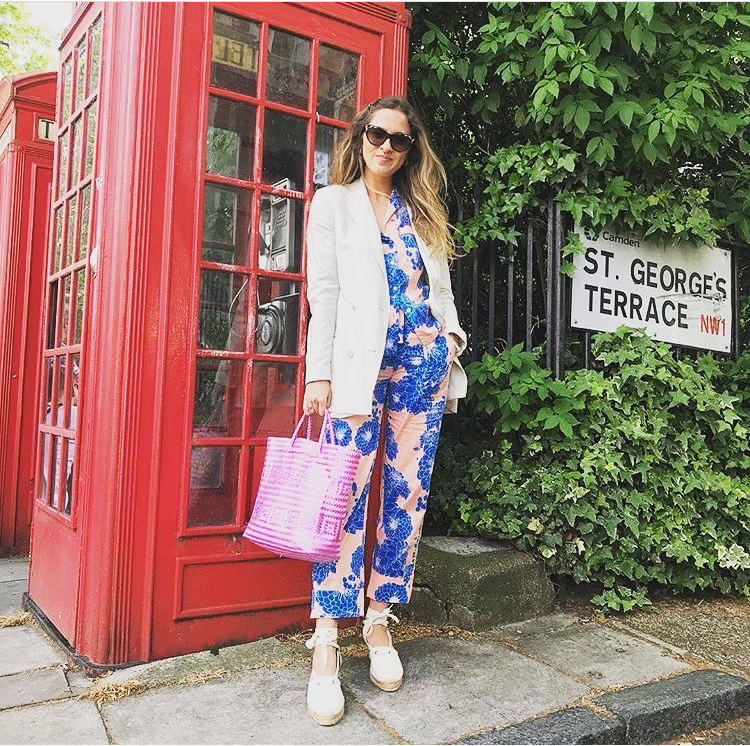
Sleek, conveniently pocket-sized communication devices ensure we are always just a phone call, email, text, Skype, tweet, Snapchat, Whatsapp, DM, Viber, Slack (etc!) away. We have become hostages to our own phones and they are fostering an inability to switch off.
So instead of switching off, is a switch-up in uniform the answer? Enter sleepwear as daywear to help fill in that downtime void—representative of the leisure time or, perhaps more literally, the sleep we are yearning for but no longer getting.
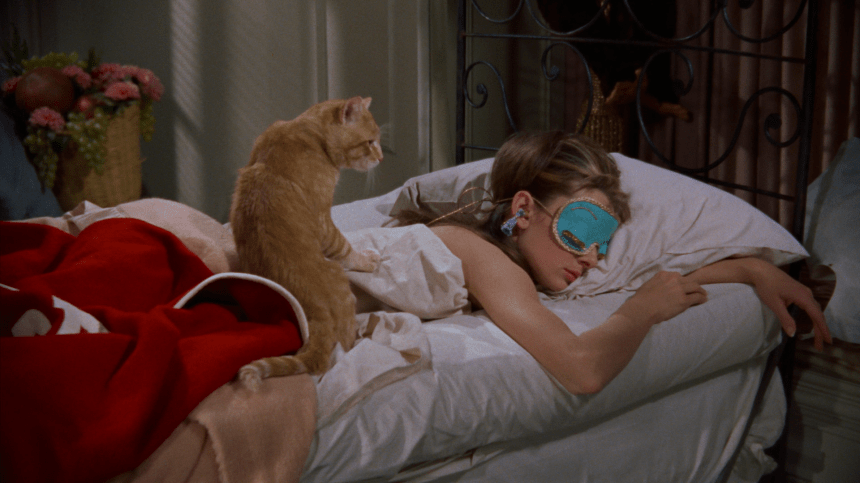
According to Ask Spoke a massive 80 percent of people continue working outside office hours and 50 percent admit to checking their work inbox in the morning, while still between the sheets. Data from the 2016 Australian census revealed the likelihood of women, employed in a full-time capacity, to do at least 15 hours unpaid overtime per week, is double that of their male counterparts in similar roles. And while holding down that full-time job, cis-women in heterosexual relationships still do the majority of the housework —not to mention taking on most of the emotional labour.
Even our social media accounts aren’t necessarily social anymore, as an online presence is increasingly required for many industries. We have evolved into our own brand, one which demands we are present two-dimensionally—sprinkled in an array of pleasing pixels across multiple platforms. Once again the line between work and home is blurred.
Victoria Beckham on her morning routine, wearing Olivia Von Halle PJs Selena Gomez ‘relaxing’ in OVH PJs for her insta followers Alexa Chung sharing beauty tips in OVH on social media
The fashion industry has, for a while now, recognised just how much the current working generation—millennials in particular—is required to hustle in order to keep their heads above water. We live in an unstable world where the decline of available full-time work and affordable housing, compounded with the rise of the one percent and alarming evidence surrounding climate change form a pressing part of our ‘regular’ daily exigences.

Modern trends such as athleisure (active-wear for when you’re not exercising), chunky sneakers, duvets as coats, and hands-free belt bags are all physical proof of fashion being informed by practicality, comfort and efficiency. Fashion can come at a monetary cost but not to one’s ability to ‘do life’—because we are all far too busy.
Emily Ratajkowski coupling comfortable chunky sneakers with an OVH ‘nightie’ Adwoa Aboah getting stuff done in her OVH silk slip and hands-free belt bag | Source: Instagram @oliviavonhalle
Sleepleisure (or, Day-Js, as I like to call them), then, is the next obvious sartorial step towards comfort city. Although closely related, there are some fundamental differences between Day-Js and leisurewear. Google’s definition of the word ‘leisure’ itself is: time when one is not working or occupied; free time. For those clocking excessive hours at their job week after week, sometimes sleep is literally the only leisure time they can afford. So wouldn’t it feel like a small victory if you looked good doing it? And if you do manage to conjure up the energy to leave the house, a costume change won’t be necessary—just slip on a pair of heels!
Day-Js offer a more elevated aesthetic than athleisure. This is largely owing to the fabrics employed, predominantly silks or satin but also feminine pointelle cottons, coupled with more relaxed yet still tailored cuts.
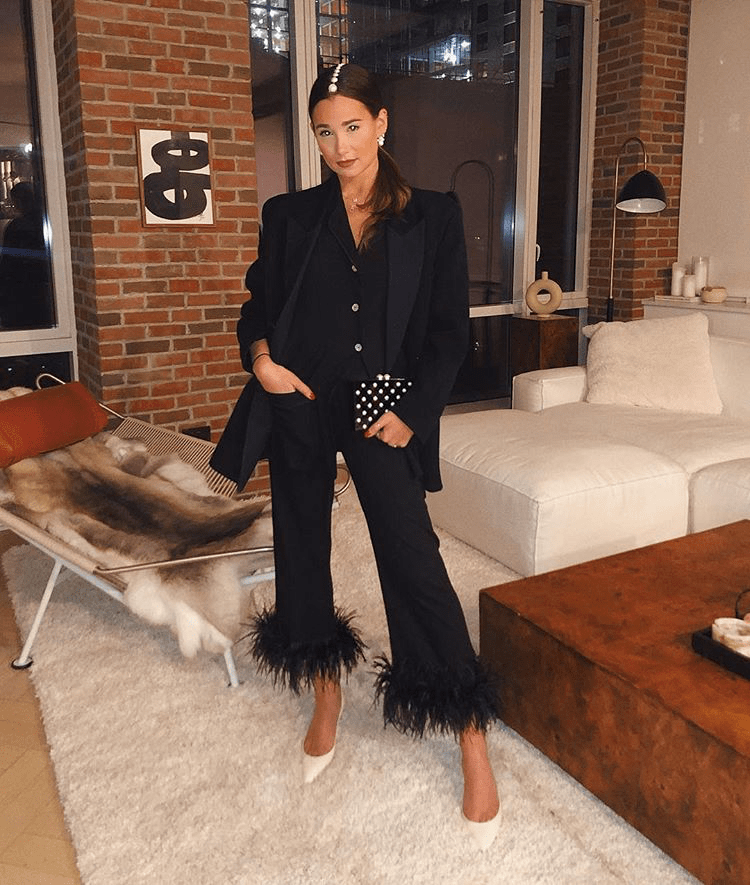
Although cut from the same cloth (figuratively speaking), athleisure and sleepleisure are tailored from polar ends of the desire for functionalism: the former designed to help you get shit done and the latter designed for when you “literally can’t” (but still have to anyway). This urge to carry on even under serious strain is a common symptom experienced particularly amongst millennials. The diagnosis is called ‘Burnout’. Psychoanalyst Josh Cohen, a specialist in the field, defines burnout as: “…when you’ve exhausted all your internal resources, yet cannot free yourself of the nervous compulsion to go on regardless.”
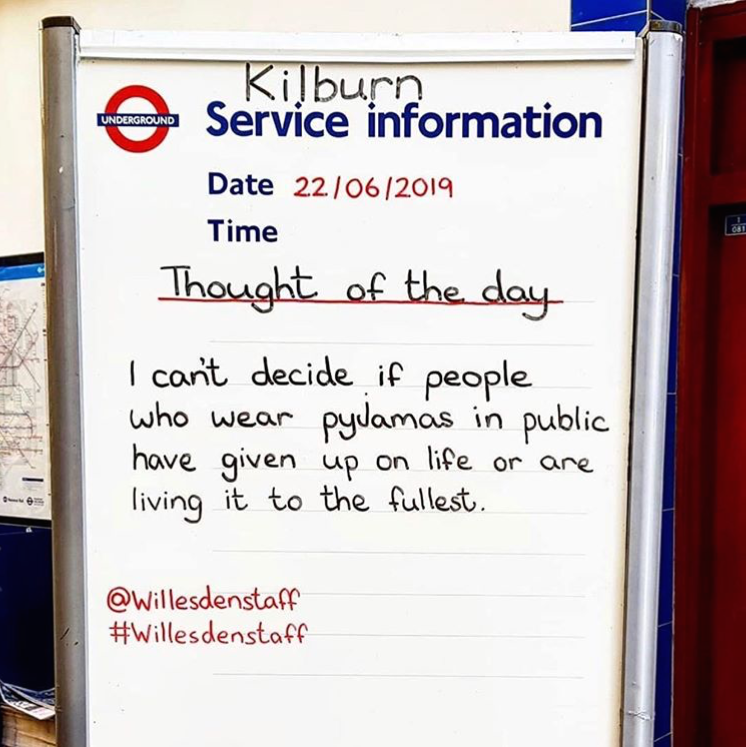
In her article ‘How Millennials Became the Burnout Generation’, Anne Helen Peterson proposes this psychological condition is actually a built in mind-set of Generation Y (more specifically: mostly white, largely middle-class people born between 1980 and 1995), “Burnout and the behaviours and weight that accompany it aren’t, in fact, something we can cure by going on vacation. It’s not limited to workers in acutely high-stress environments. And it’s not a temporary affliction: It’s the millennial condition. It’s our base temperature. It’s our background music. It’s the way things are. It’s our lives.”

On a brighter note, sleepleisure has also coincided nicely with the nineties slip dress revival and the noughties camisole top reboot – because who doesn’t love a bit of nostalgia – a reminder, perhaps, of simpler times?
TV series ‘Charmed’ and an array of silky camisole tops (2000) The modern take on the camisole top | Source: Instagram @giniaofficial
Like Burnout, sleepleisure could potentially be here to stay. A trend, like a budding house plant, requires suitable conditions to thrive. Anne Lise Kjaer, founder of Kjaer Global, a trend management consultancy, explains that some trends, “…continue to evolve as they are more about lifestyle choices and style, rather than conspicuous consumption.” It turns out the social, economic, and even the psychological, climate is just right for slipping on Day-Js. Sleepwear as daywear has afforded us the ability to avoid pressing ‘snooze’ on style while still maintaining some level of comfort, as we navigate our way through the malaise of our seemingly relentless work-life terrain.
